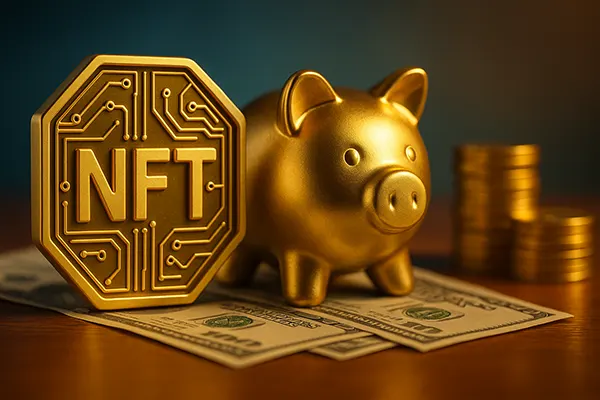
The history of cryptocurrency creation
Digital money is one of the most significant children of internet technology. The emergence of cryptocurrency is the result of the work of many talented and passionate people who were able to overcome the initial public scepticism towards their ideas and make them a “new word” in the financial system.
The cryptographers started talking about creating a fundamentally new financial system in the 80s of the 20th century. Their goals were as follows:
- to ensure maximum confidentiality of transactions;
- to increase reliability of the financial system;
- to increase the speed of cross-border money transfers;
- to deprive the state of the ability to control the emission of currency.
In other words, the goal was to create a means of payment devoid of the disadvantages of traditional money. And the number of enthusiasts “fired up” with this idea increased as the state institutions increasingly strengthened their control over various aspects of citizens’ lives.
The first concept of a new type of payment system was formulated in 1982 by the American David Chaum. In 1997, his compatriot Adam Back developed the HashCash technology, and a short time later programmer Hal Finney added a transaction control algorithm and hash block chain to it.
In 1998, the first digital currency concept was born. Its developer Wei Day called his brainchild b-money. Another concept was unveiled by cryptographer Nick Szabo. His currency was called bit-gold.

All of these works were precursors, without which the first and most famous cryptocurrency Bitcoin is unthinkable. Its developer is said to be Satoshi Nakamoto. No one has ever seen this person and there is no picture of him. Therefore, there is a theory that Satoshi Nakamoto is a collective pseudonym used by a group of developers. The first description of the Bitcoin technology was made public in 2008, while in 2009 they began mining the cryptocurrencies, which yielded the first 50 Bitcoins. The same year, the first exchange of bitcoins for traditional money took place: American Martin Malmy bought 5050 units of the cryptocurrency for USD 5 and 2 cents. In 2010, the first purchase for bitcoins took place: two pizzas were sold for 10 thousand bitcoins. In the same year, Bitcoin 0.3 technology appeared, making mining much more difficult.
The turning point for the crypto-industry was 2012. The first cryptocurrency exchanges and the first cryptocurrency virtual wallets appeared. 2017 was also a landmark year, when Bitcoin experienced a rapid rise in value. The record was $20,000 per 1 unit. In subsequent years, the value of the cryptocurrency fluctuated, with a historic low of $4,500 per unit.
Now there are more than 2 thousand varieties of cryptocurrencies in the world. Bitcoin is by far the most popular of them. Etherium and Ripple share the podium in popularity. The situation in the top ten cryptocurrencies is constantly changing: different currencies are constantly moving up and down in this ranking.





